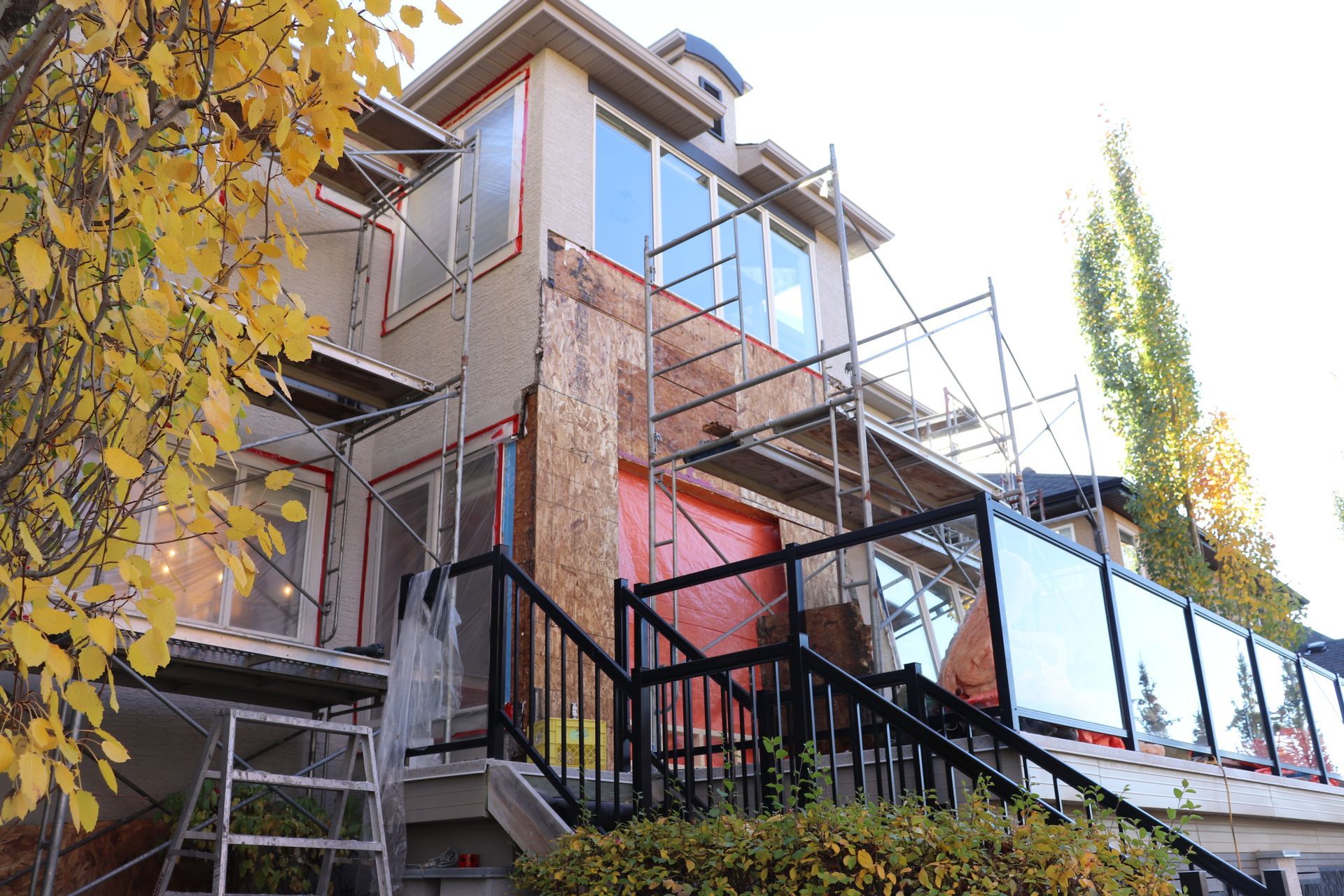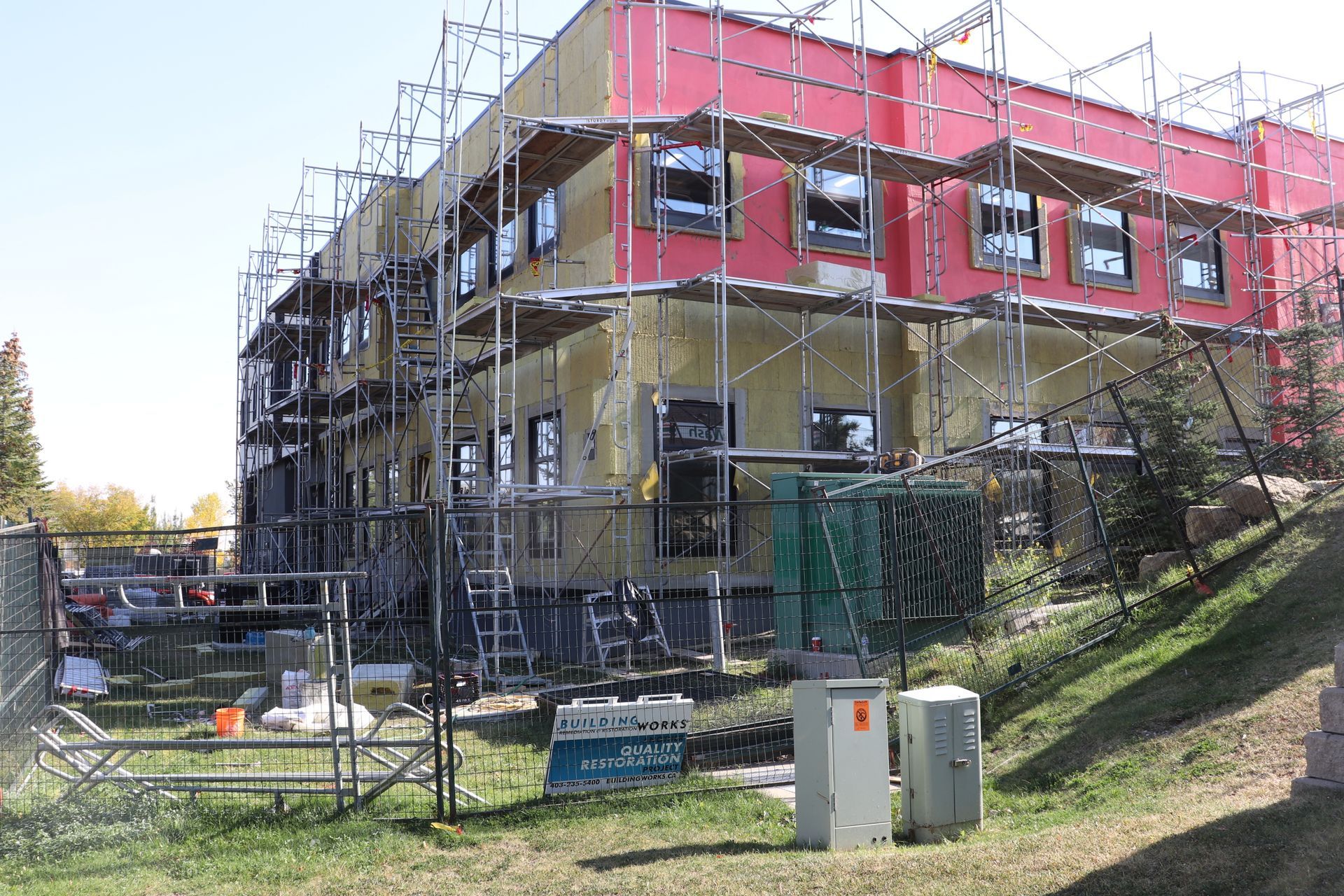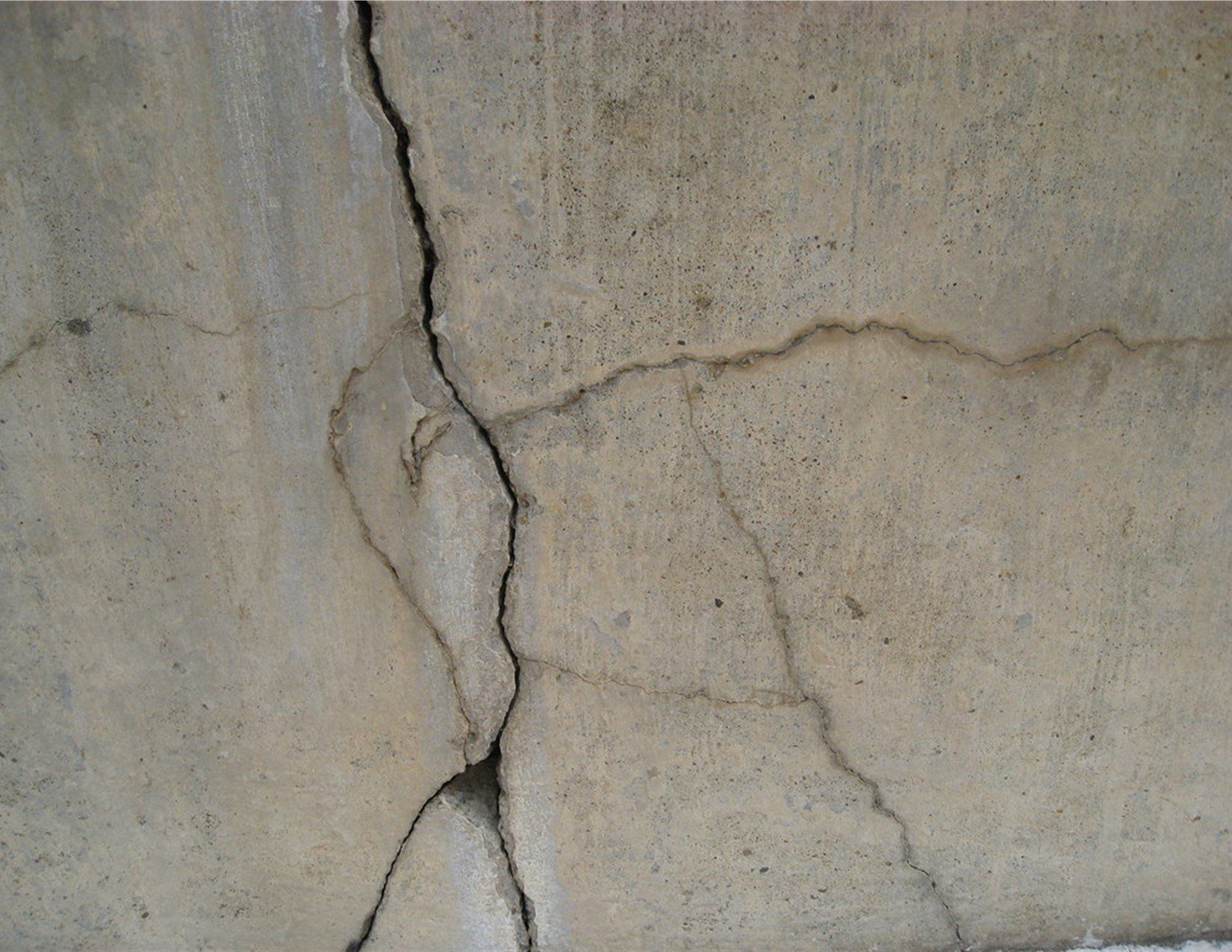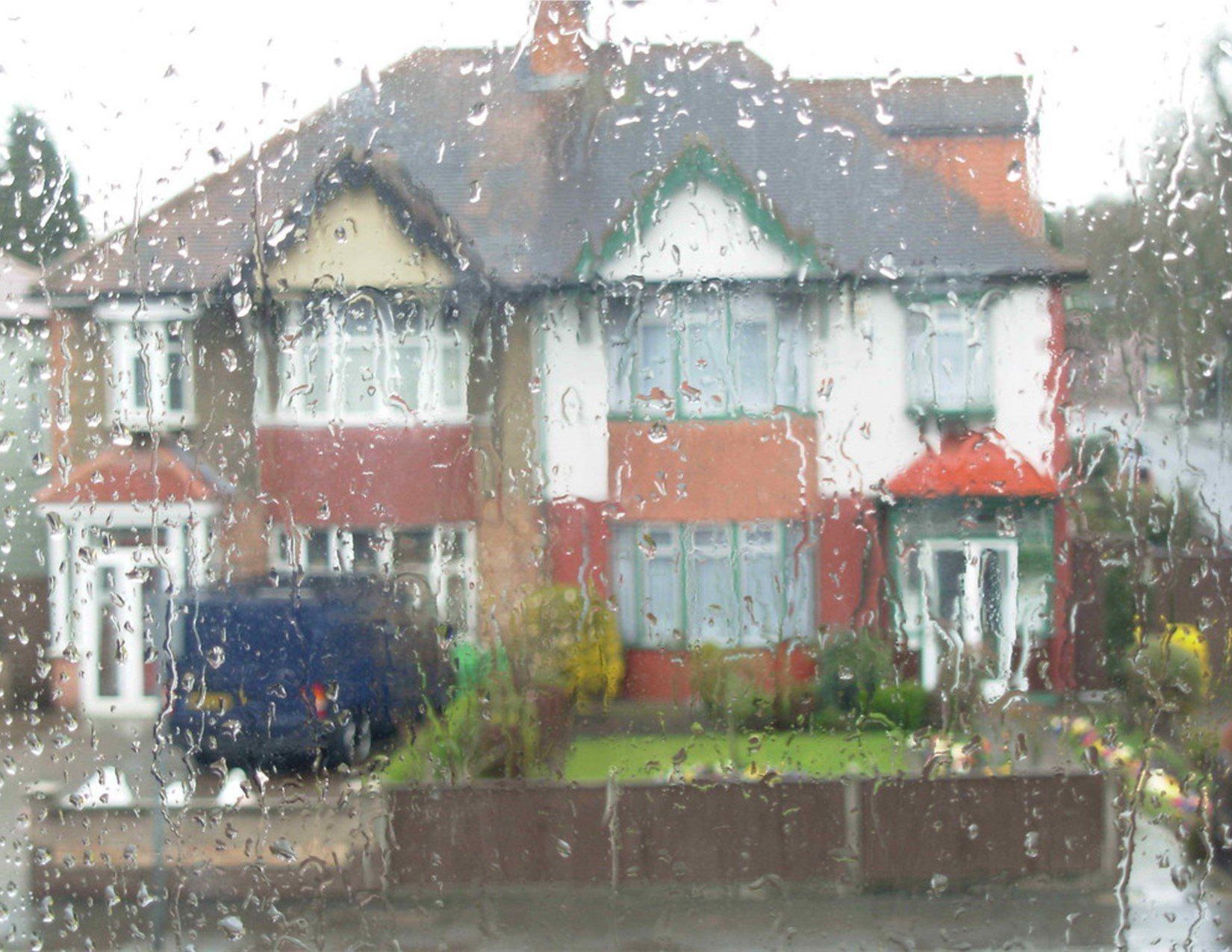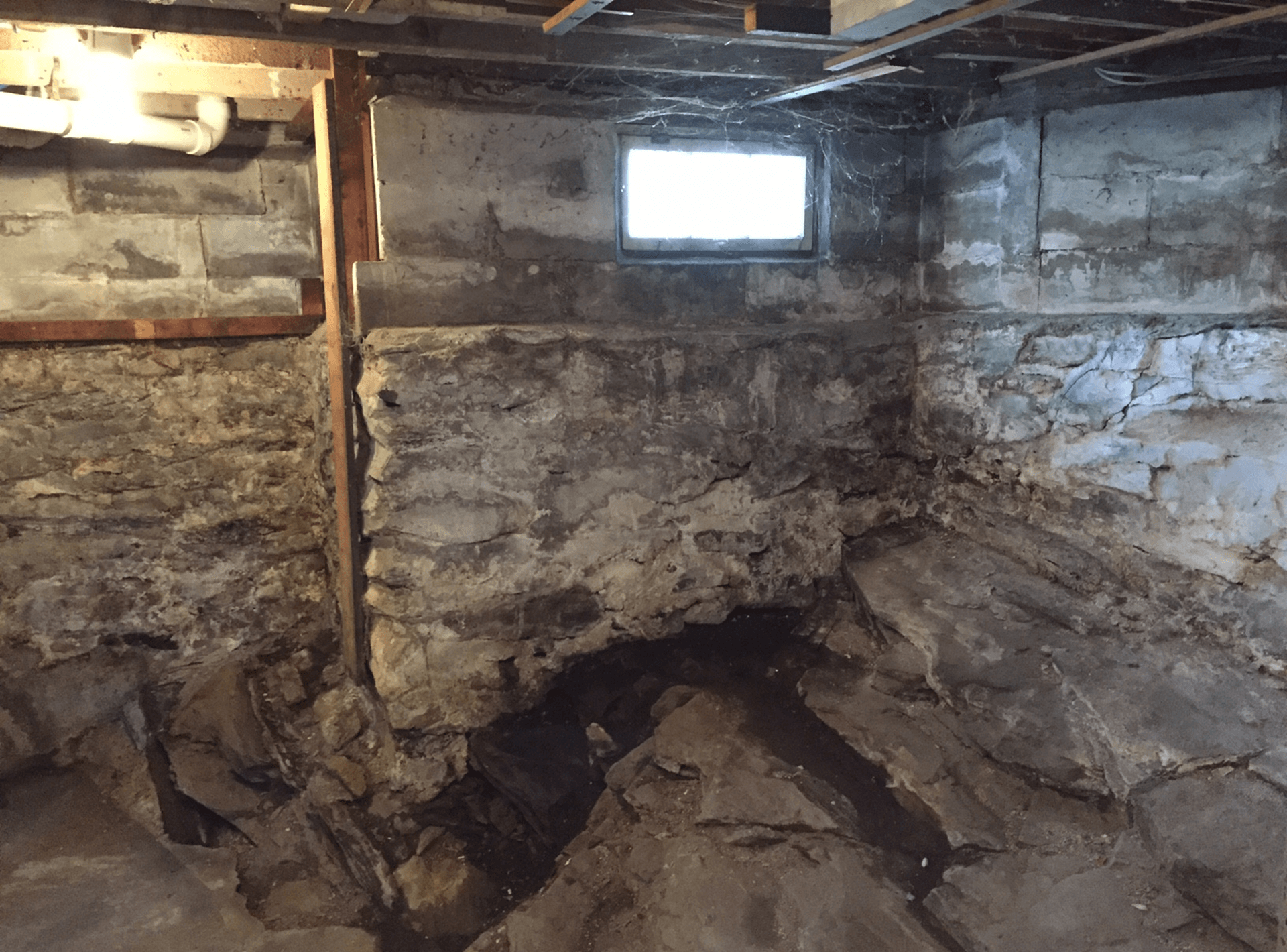Spring Home Checklist: What You Need to Prep Your Home
It’s time for spring, meaning it’s also time to start thinking about all the home maintenance tasks you need to do before the heat of summer hits. There are a lot of things you need to make sure your home is ready for spring -- from cleaning out your filters to inspecting for moisture problems and even checking on the status of your fire alarms. If you don’t know where to begin, never fear! We’ve got a checklist of everything you need, both indoors and out, to prep your home for spring.
INDOOR CHECKLIST
Always keep an eye on your foundation
Like any other type of construction, it’s important to check the foundation every season for any signs of cracks or movement. Make sure it’s safe from erosion, collapse, or leaks. If you have any concerns about your home’s foundation, call us for an expert inspection.
Inspect basement for any moisture issues
It is common for basements to collect moisture, especially in the springtime when the weather is warmer, and the soil is more moist than usual. Check your basement’s walls and floors for any signs of water damage. If you’re not sure where to begin, give us a call. We can check your home for any signs of water damage and help you identify and fix any problems you might be having.
If you have musty or mildew-like scents in your basement, you may have a mold issue. While you can treat mold with some household cleaners, you are better off hiring a professional for this job. We will be able to treat the issue properly and potentially save you from having to remove drywall and other materials in your home that could be contaminated by mold spores.
To prevent sewer bas from entering your home through floor drains in your basement, make sure water is always present in the drains by occasionally pouring a bucket of clean water down the drain to re-establish the water seal
While you’re down there, check the support posts
Make sure they are straight, not corroded, and they’re securely fixed in place. As the weight of your home builds, these posts can experience stress and gradually start to warp and sag. Eventually, they may break, causing even more damage.
Clean furnace and air conditioner filter
Cleaning your furnace filter will help keep your furnace running smoothly and efficiently throughout the year. You may also get pests living in the vents that feed air throughout your home. A clean filter is the easiest way to combat this problem.
If you have an air conditioner and it was used heavily last year (especially if it was not maintained regularly), your air conditioner filter may now be full of dirt and dust. This is not only very unhygienic, but it can also curtail the efficiency of your AC. An easy solution to this problem is to change the filter, regularly.
And don’t forget the furnace humidifier
If your furnace humidifier is running too much or too little, you could be wasting money. Too high humidity levels can damage wood fiber finishes and cause condensation buildup on the ceiling, which can lead to mold growth. Too low humidity can cause dry indoor air, causing your furnace to work harder than it needs to and could end up needing repairs sooner than expected.
Check your windows and doors
Make sure your windows are in good condition. Check them for any cracks, broken or missing panes, and make sure they’re installed and hung properly. If not, now is a great time to replace them. This will not only keep pests out, but it will also help keep the heat in during the summer and the cold out during the winter.
Be sure to check your doors for any issues as well. Make sure there aren’t any cracks or gaps in the door that might let pests get into your home, and make sure the door is installed properly. The last thing you want to do is leave your front door open to pests or let your indoor temperature get too hot or too cold.
Test smoke and carbon monoxide detectors
It’s a good idea to test your smoke and carbon monoxide detectors annually at the beginning of the year, but it’s also a good idea to do it in the spring. This will ensure that everything is working as it should be before you are hit with a potential fire or CO situation. But, more importantly, it will also let you know if there is something wrong with your alarms — so you can get them repaired before they fail at an inopportune time. While you are at it, you can also go ahead and replace any batteries that are in your alarms. If you don’t, you run the risk of missing the alarm completely when it goes off. This could be a potential hazard, so be sure to do this important maintenance check.
Inspect fireplaces
If you have a wood burning fireplace, clean out your chimney as soot and creosotes can build up over time, become combustible, and cause carbon monoxide poisoning. Fuel-burning fireplaces should be cleaned once per year to prevent accumulation of debris.
OUTDOOR CHECKLIST
Sump Pit and Pump
Check your sump pit and pump to ensure the pump is operational, the power cord is in good shape, the pipes are connected, and the pump turns on when the float is lifted. Ensure the water drains away from the home.
Eavestrough, Downspouts, Gutters, Window Wells
Check for leaves, debris and any blockage in gutters, eavestrough, and downspouts to keep moving water away from your home. When it rains, the water flows into gutters, downspouts and eavestroughs. If they’re blocked by leaves or debris, the water backs up along the roofline or pooling on the ground. This can cause damage to buildings and property, or worse.
Window wells must also be kept free of leaves and other debris to ensure water can flow through the drain tile to the weeping tile system. They allow moisture to drain from a home, preventing mold and mildew while keeping your home cooler in the summer and warmer in the winter.
Inspect and make sure all downspouts are in the lowered position and extend at least 4 feet away from the home into a drainage swale or directed away from the home. The goal is to prevent water from pooling up near your house and causing damage to your foundation or siding.
Landscaping
Check for settlement around hardscaping elements like patios, walkways and all landscaping to ensure proper slope for good drainage away from the home. Low-profile drainage is key to keeping your house dry during heavy rain and snowfall.
Examine your property for low spots holding water or settlement of soil around the foundation, under decks and porches, leading to water running back to toward the home. Low spots can lead to serious water damage. They are usually caused by poor drainage and uneven settling of soils and foundations.
Inspect irrigation or sprinklers for leaks and direct all spray heads away from the home’s foundation. The primary purpose of irrigation is to keep plants watered and healthy, however, the water from sprinklers or hoses can also damage the foundation of a home.
Decks and Fences
Inspect the integrity of your decks, including steps and handrails. Deck boards should be straight and true. Check for any missing boards, gaps between boards or other signs of damage or deterioration such as cracks, holes or rot.
You should also check the handrails for any loose or missing parts and make sure that all the steps leading up to the deck are safe and secure. By maintaining your deck properly, you'll keep it looking its best and reduce the risk of injury to yourself or others.
Wooden fences are an attractive choice for many homeowners because of their natural beauty and durability. However, wooden fences are not immune to rotting. Wood can absorb moisture from your soil, wind and rain, which can cause the wood to rot. Rusted metal connectors also pose a risk of falling apart. To prevent these issues, it is important to regularly inspect your wooden fence for damage. Look for cracks in the fence and missing or loose pieces of wood.
Conclusion
The best time to prepare for the summer months is now, and the best way to do that is to do a thorough home inspection. The bottom line is this: Your home needs to be protected. Not only will it make your home more comfortable, but also it will extend the life of the home, protect your investment, and give you peace of mind.
From foundations to rooftops, we work to protect your building envelope. Call us at 403-235-5400 for a free estimate.

